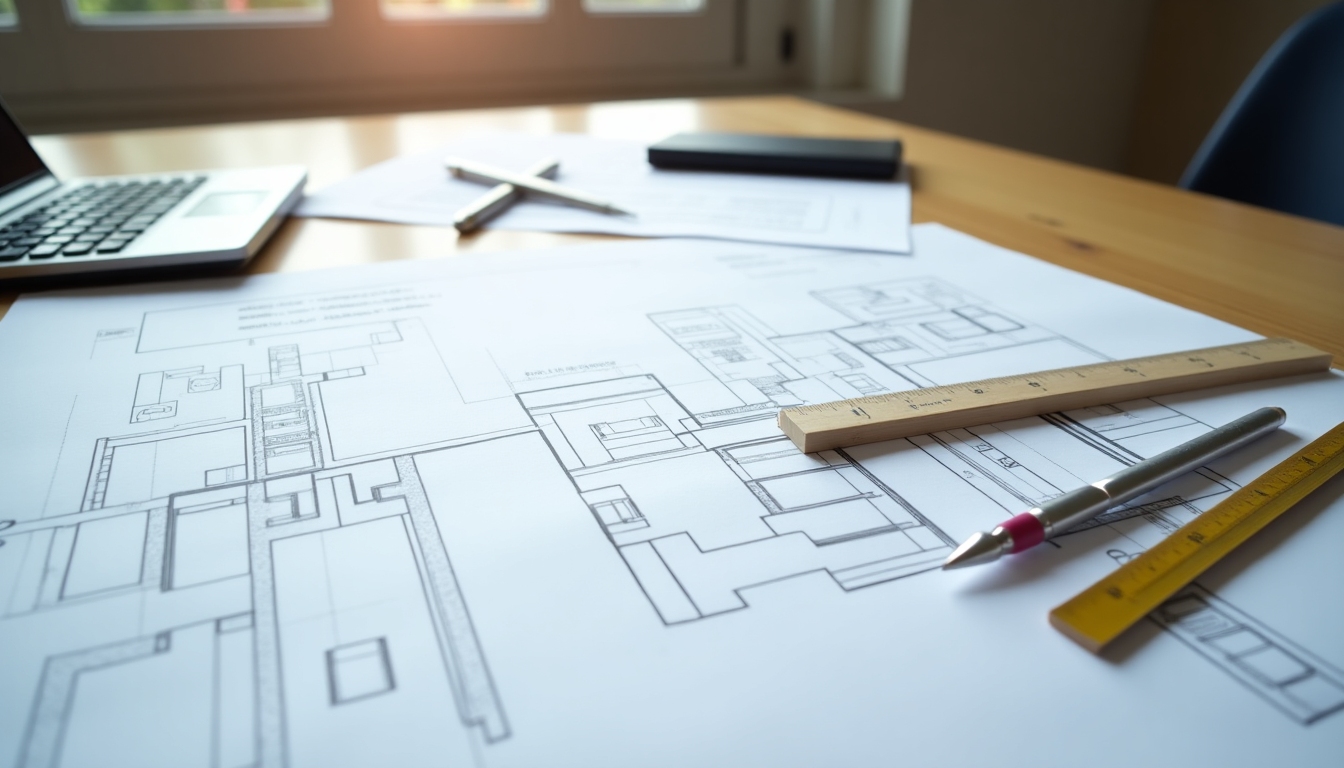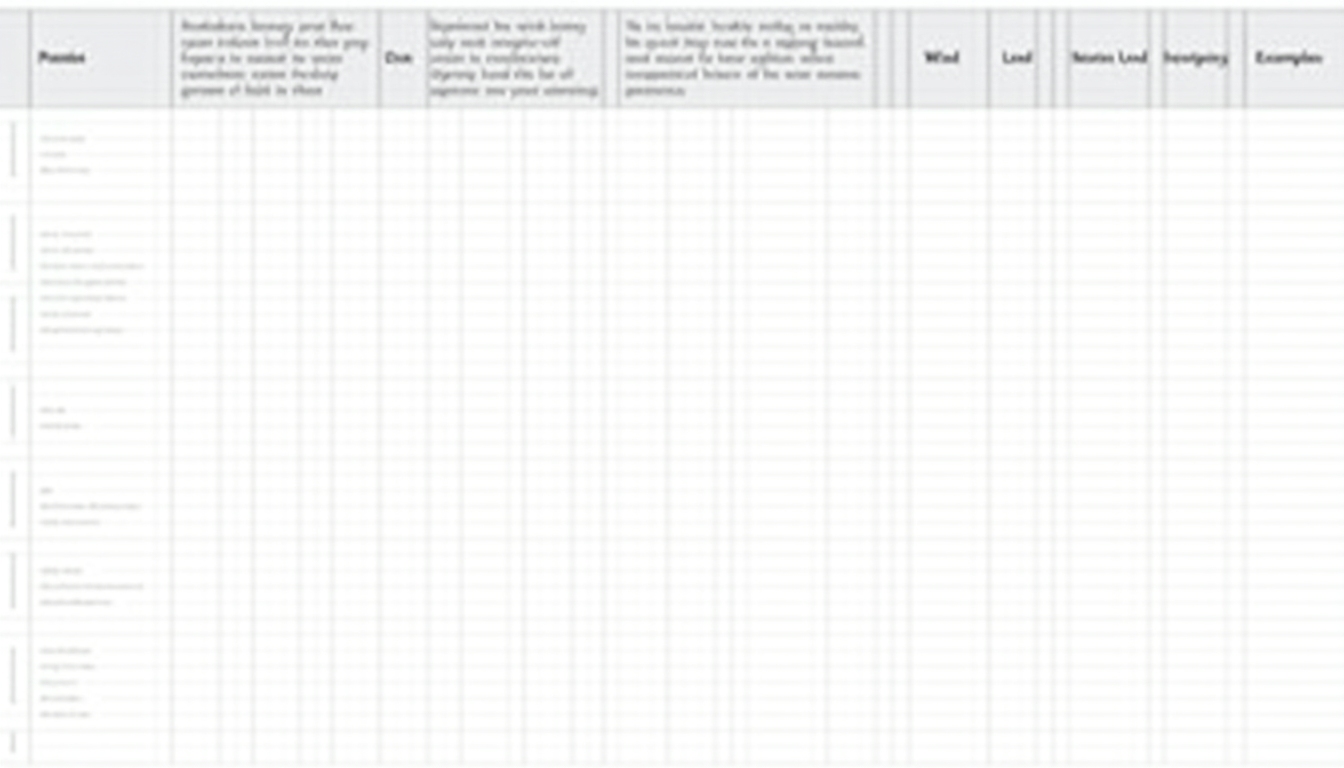Advanced Load Combination Techniques: A Comprehensive Guide
Advanced Load Combination Techniques for Footing Calculation: A Guide
Understanding and implementing advanced load combination techniques can significantly enhance the safety and efficiency of construction projects, particularly when it comes to footing calculation. This guide explores innovative strategies, practical insights, and expert recommendations for successfully applying these techniques.

Introduction
When designing buildings and infrastructure, ensuring structural integrity is paramount. Load combinations are essential in this process, as they help calculate the effects of various loads on structures, ensuring safety and reliability. Advanced techniques take these calculations a step further, accommodating dynamic and unforeseen forces.
Engineering standards, such as those from the American Society of Civil Engineers (ASCE), guide these calculations, but mastering them requires both understanding and innovation.
Below, we delve deeper into the components and techniques involved in advanced load combinations and provide actionable insights.

Understanding Load Combinations
Before moving to advanced techniques, it’s crucial to grasp the basics. Load combinations involve different types of loads, namely:
- Dead Loads (DL): Permanent static forces like the weight of structural elements.
- Live Loads (LL): Temporary or moving forces like people, furniture, and vehicles.
- Wind Loads (WL): Forces exerted by wind, varying by geography and building design.
- Seismic Loads (SL): Earthquake-induced forces, crucial for areas prone to seismic activity.
- Thermal Loads (TL): Stresses due to temperature variations.
These loads must be strategically combined to cater for worst-case scenarios without overdesigning the structure.
| Load Type | Description |
|---|---|
| Dead Load | Constant, physical weight of elements |
| Live Load | Temporary, variable weight |
| Wind Load | Horizontal forces by wind |
| Seismic Load | Earthquake forces |
| Thermal Load | Temperature-induced stresses |

Advanced Techniques: Moving Beyond the Basics
Advanced techniques in load combinations integrate probabilistic methods and computational simulations, allowing engineers to better predict and handle uncertain forces.
- Probabilistic Load Analysis:
- Incorporates statistical data to account for variability in loads. This approach uses probability to assess the likelihood of different combinations occurring simultaneously.
-
Enhances decision-making regarding safety margins.
-
Finite Element Analysis (FEA):
- Utilizes simulations to study structural behavior under different loads.
-
Benefits: Accuracy in stress distribution, visualization of load paths, and identification of weaknesses.
-
Dynamic Load Testing:
- Involves subjecting a structure to loads that simulate actual service conditions.
- Example: Vibration analysis to pre-emptively address seismic load effects.
These techniques allow for designs that not only meet regulatory standards but also innovate beyond them, ensuring robustness in extreme conditions.

Personal Insights and Experiences
Embedding these techniques in real-world projects, I've noticed remarkable improvements in design resilience and efficiency. One standout project involved a high-rise building in a seismic region where traditional load combinations were insufficient.
By utilizing dynamic load testing alongside probabilistic analysis, we not only met safety requirements but optimized material use, reducing costs significantly. This has proven, time and time again, to bring not only peace of mind to stakeholders but also tangible economic benefits.
Applying Advanced Load Combation Techniques to Footing Calculation
Footing calculations often decide the feasibility of a project since they determine how loads interact with the ground. Here’s how advanced load combination techniques apply:
- Customized Load Factors: Adjusting for local conditions enables precise footing design.
- Geotechnical Feedback Integration: Factoring in soil resistance and settlement predictions enhances foundation reliability.
- Adaptive Simulation Models: These provide dynamic responses, highlighting potential footing failures before they occur.
These approaches ensure the design can withstand various loading scenarios, essential for any project planning to build long-term, resilient structures.

Conclusion
Advanced load combination techniques are not merely about meeting current structural standards; they're about anticipating future demands and ensuring sustainability. By combining traditional wisdom with new technologies, engineers can design structures that not only stand the test of time but do so with an eye towards innovation and efficiency.
To continue expanding your skills, consider these additional readings.





